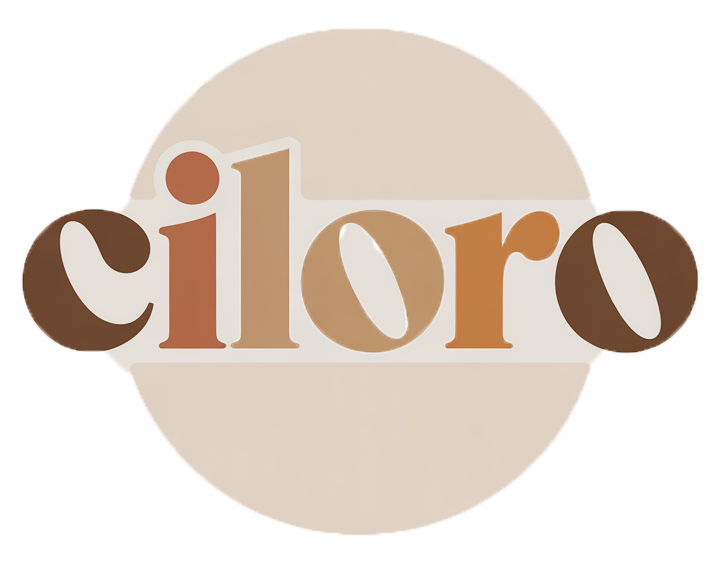Transform Your Home with Vibrant Colorful Decor Ideas
Color plays a significant role in shaping our mood and the overall atmosphere of our living spaces. It can evoke feelings of joy, calmness, energy, or even nostalgia. In the realm of home decor, the choice of color is a powerful tool for personal expression, allowing individuals to reflect their personality and style through their surroundings. This article aims to guide readers in transforming their spaces with vibrant colors, providing insights into color theory, practical tips for choosing palettes, and creative ways to incorporate color into various rooms.

Understanding Color Theory
Basics of Color Theory
To effectively use color in home decor, it is essential to understand the basics of color theory. Colors are categorized into three main groups:
- Primary Colors: Red, blue, and yellow — the foundation of all other colors.
- Secondary Colors: Green, orange, and purple — created by mixing primary colors.
- Tertiary Colors: The result of mixing primary and secondary colors, such as red-orange and blue-green.
The color wheel is a visual representation of these colors and their relationships, serving as a helpful tool when selecting color schemes for your home.
The Psychology of Color
Colors have a profound impact on emotions and perceptions. Understanding these associations can help you choose the right colors for each space:
- Blue: Promotes calmness and tranquility.
- Red: Energizes and stimulates excitement.
- Yellow: Evokes happiness and cheerfulness.
- Green: Represents nature and promotes relaxation.
- Purple: Conveys luxury and creativity.
Colors are the smiles of nature. – Leigh Hunt
Choosing a Color Palette
Identifying Your Style
Before diving into color selection, it is important to identify your personal decor style. Common styles include:
- Modern: Clean lines, neutral tones with bold accents.
- Bohemian: Eclectic mix of colors and patterns.
- Minimalist: Simple, muted colors with an emphasis on space.
Your chosen style will influence your color choices and help create a cohesive look throughout your home.
Creating a Cohesive Palette
To achieve a harmonious look, focus on selecting a color palette that includes:
- Primary Color: The dominant hue in the room.
- Secondary Colors: Complementary colors that enhance the primary color.
- Accent Colors: Small pops of color that add interest.
Consider the 60-30-10 rule for color distribution: 60% of the room should be the primary color, 30% the secondary color, and 10% the accent color.
Incorporating Color in Different Spaces
Living Room
The living room is often the heart of the home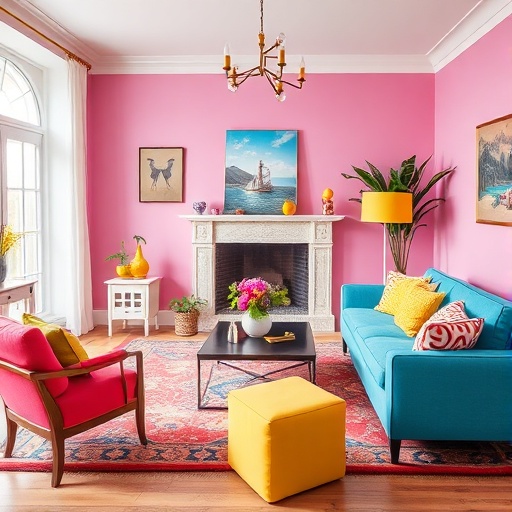
and a perfect place to introduce color. Consider the following ideas:
- Colorful furniture pieces such as sofas or chairs.
- Vibrant artwork that draws attention.
- Bold textiles, such as cushions and throws, to create warmth.
- Accent walls painted in a striking color.
Bedroom
In the bedroom, aim for soft yet vibrant combinations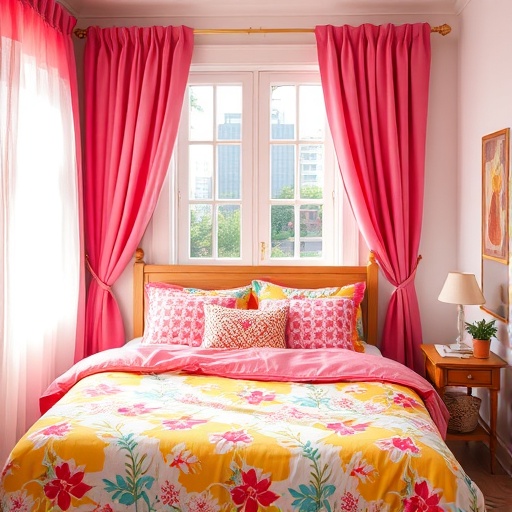
to create a restful environment:
- Colorful bedding that adds personality.
- Curtains in complementary shades to enhance natural light.
- Decor items that incorporate color without overwhelming the space.
Kitchen
Bright colors can energize the kitchen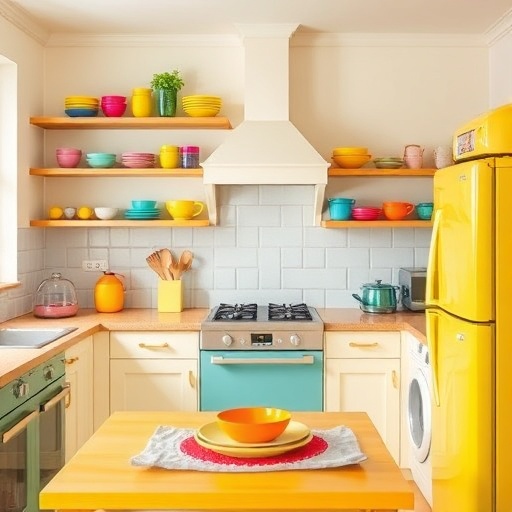
, making it a lively space:
- Colorful dishware that adds cheerfulness.
- Appliances in fun hues for a modern touch.
- Backsplashes in bold colors or patterns to create a focal point.
Bathroom
Transform your bathroom into a spa-like retreat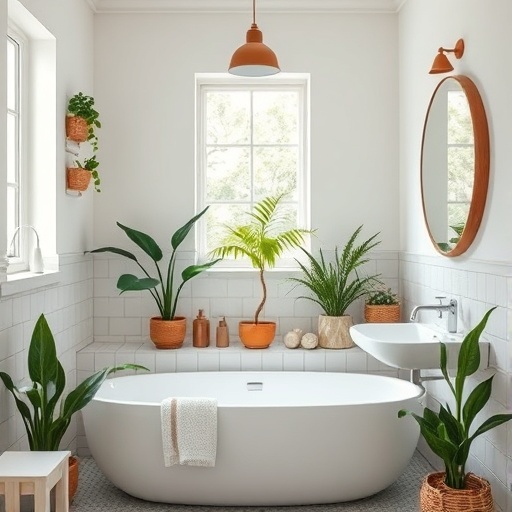
with calming and vibrant colors:
- Colorful towels and rugs to add comfort.
- Decor items such as soap dispensers or wall art that reflect a soothing palette.
Home Office
Incorporate energizing colors in your home office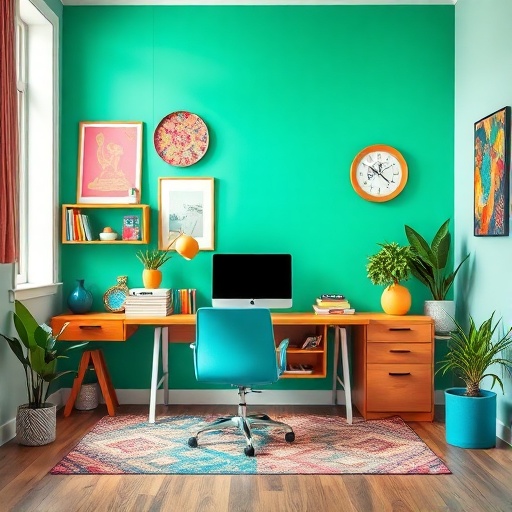
to boost productivity:
- Colorful office supplies that inspire creativity.
- Wall art that motivates and uplifts.
- Accent walls that invigorate the workspace.
Accents and Accessories
Colorful Furniture
Bold furniture pieces can serve as statement items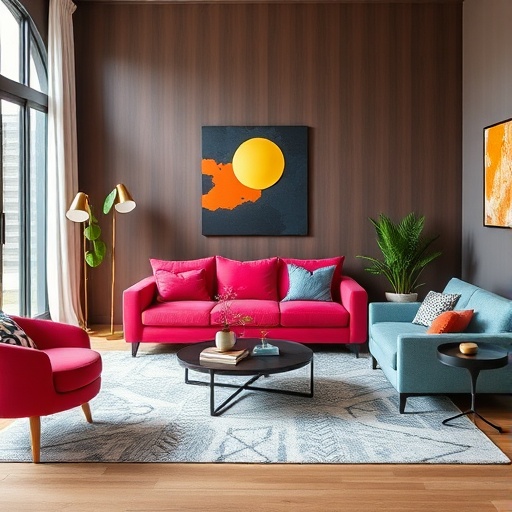
in your decor:
- Choose sofas or chairs in striking colors.
- Mix and match colorful furniture with neutral tones for balance.
Wall Art and Decor
Selecting vibrant artwork can enhance any space:
- Incorporate prints that resonate with your color palette.
- Consider DIY options for creating personalized wall decor.
Textiles and Fabrics
Colorful textiles add depth and warmth to a room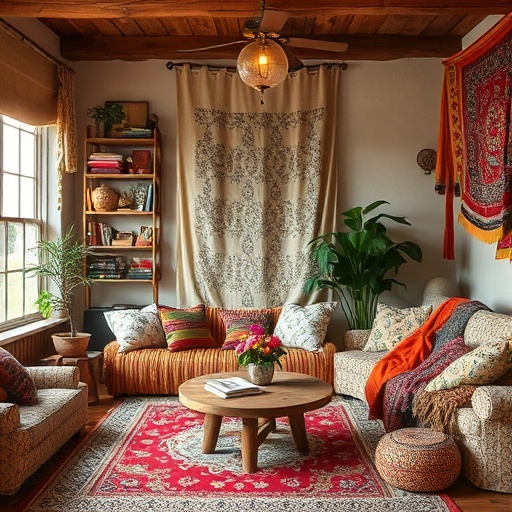
:
- Layer rugs, cushions, and throws in varying patterns and colors.
- Choose fabrics that complement the overall color scheme.
Plants and Greenery
Adding plants can introduce natural color and life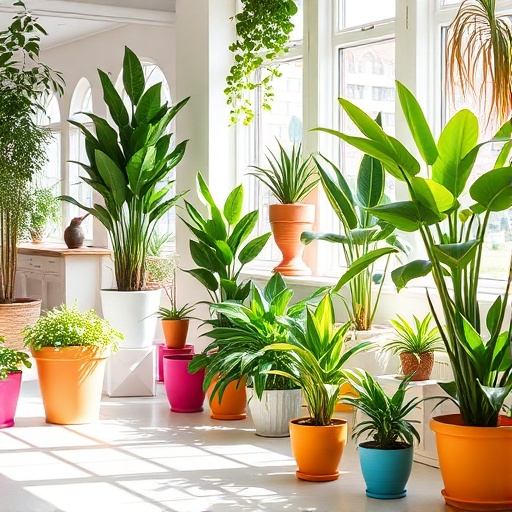
to your decor:
- Select indoor plants that thrive in your space.
- Use colorful pots and planters to enhance visual interest.
DIY Projects for Colorful Decor
Painting Techniques
Explore creative painting techniques to add color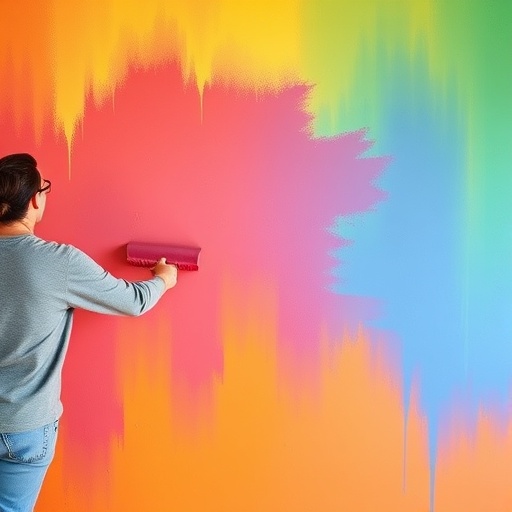
:
- Ombre: A gradual blending of colors for a unique effect.
- Stenciling: Use stencils to create patterns on walls or furniture.
When painting, always prepare your surfaces properly for the best results.
Upcycling and Repurposing
Transform old items into colorful decor through upcycling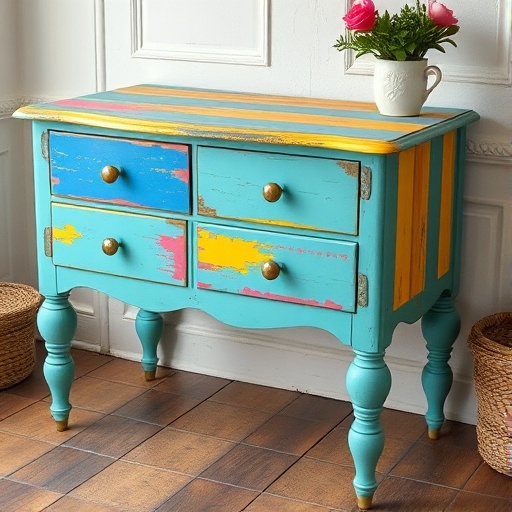
:
- Paint or reupholster furniture for a fresh look.
- Repurpose jars and containers as colorful storage solutions.
This approach not only saves money but also benefits the environment.
Crafting Colorful Accessories
Engage your creativity with simple DIY projects:
- Painted vases to add a personal touch.
- Colorful wall hangings that express your style.
These projects allow for personalization and unique decor that reflects your personality.
Seasonal Decor Changes
Spring and Summer
Bright and airy color themes can refresh your space during warmer months:
- Incorporate nature-inspired colors such as greens and yellows.
- Use light fabrics for an open and breezy feel.
Fall and Winter
Rich, warm colors can create a cozy atmosphere during the colder months:
- Utilize deep reds, oranges, and browns for a warm ambiance.
- Incorporate festive colors for holiday decor to enhance the seasonal spirit.
Maintenance and Care for Colorful Decor
Keeping Colors Vibrant
To maintain the vibrancy of your colorful items:
- Regularly clean textiles and surfaces to prevent fading.
- Protect items from direct sunlight to avoid color loss.
Refreshing Your Space
Consider seasonal updates to keep your decor feeling fresh:
- Re-evaluate your color palette regularly to ensure it reflects your current style.
- Incorporate new accessories or textiles to refresh the look.
Conclusion
Transforming your space with colorful home decor can significantly enhance your living environment, creating a joyful and inviting atmosphere. By understanding color theory, selecting the right palettes, and incorporating vibrant elements throughout your home, you can express your unique style and create a space that resonates with you. Don't hesitate to experiment with colors and personalize your environment; the possibilities are endless.
Recap
In summary, embracing colorful decor can elevate your home and positively influence your mood. From choosing the right colors to incorporating them thoughtfully across different spaces, each step contributes to a more vibrant living experience.
Key Takeaways
- Color impacts mood and atmosphere in your home.
- Understanding color theory is essential for effective decor.
- Create a cohesive color palette that reflects your style.
- Incorporate color creatively in each room to enhance visual interest.
- Engage in DIY projects to personalize your space.
- Refresh your decor seasonally to keep it vibrant.
FAQ
What is the best color for a small room?
Light colors such as soft whites, pastels, or light grays can make a small room feel larger and more open.
How do I choose an accent color?
Consider colors that complement your primary color and create contrast. Look for inspiration in nature or art that resonates with you.
Can I mix different decor styles with colors?
Yes, mixing styles can be effective, as long as you maintain a cohesive color palette that ties everything together.
What are some easy DIY color projects?
Simple projects include painting old furniture, creating colorful wall art, or upcycling glass jars into decorative vases.
How often should I change my color palette?
It's good practice to reassess your color palette every season or whenever you feel your decor needs a refresh.
